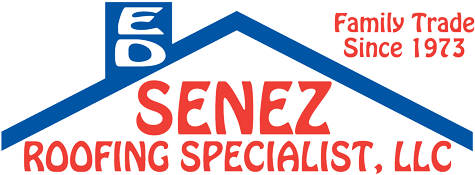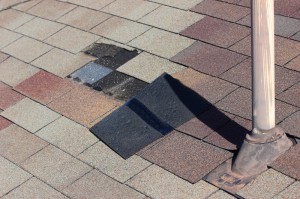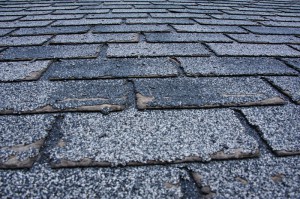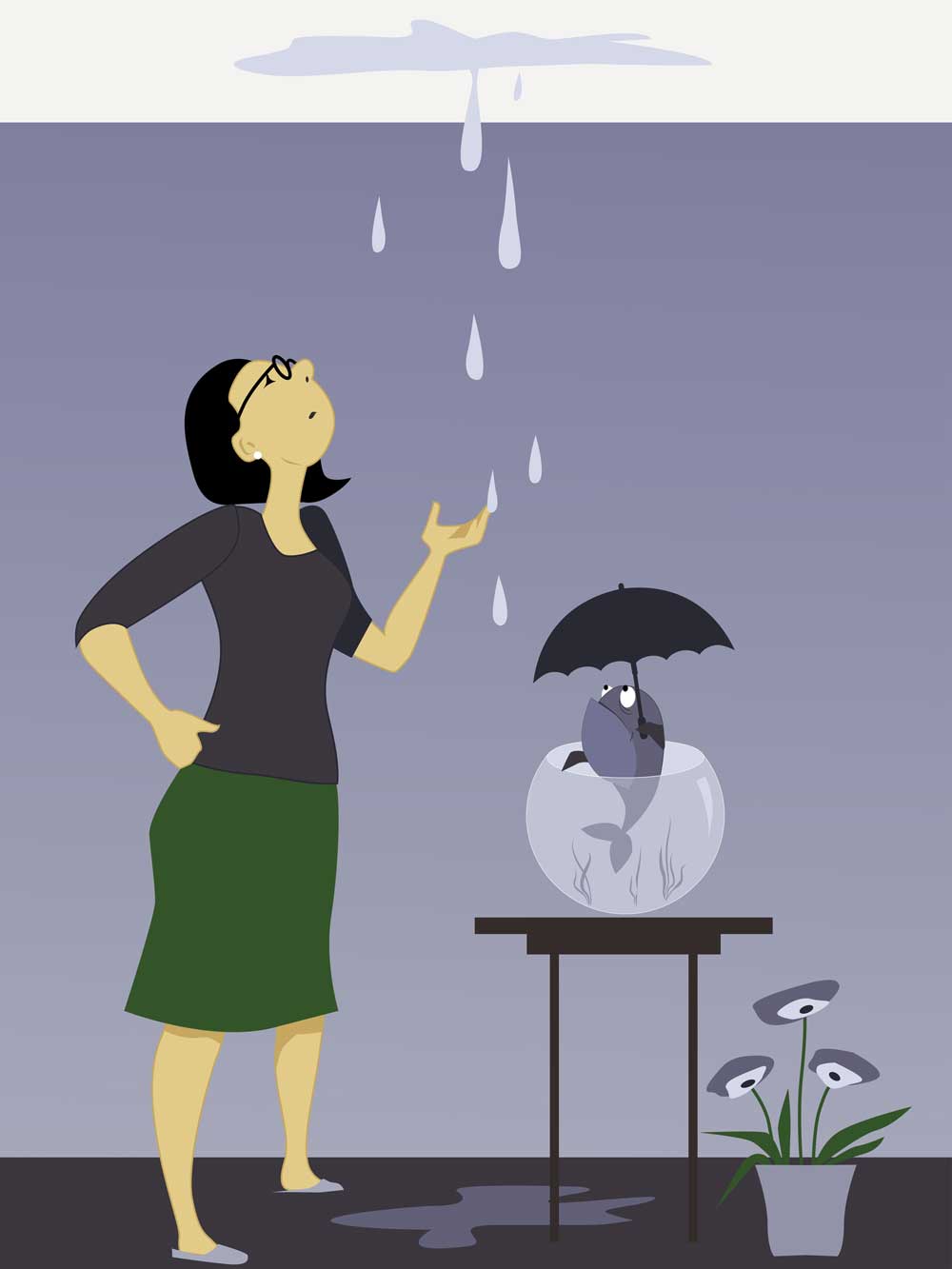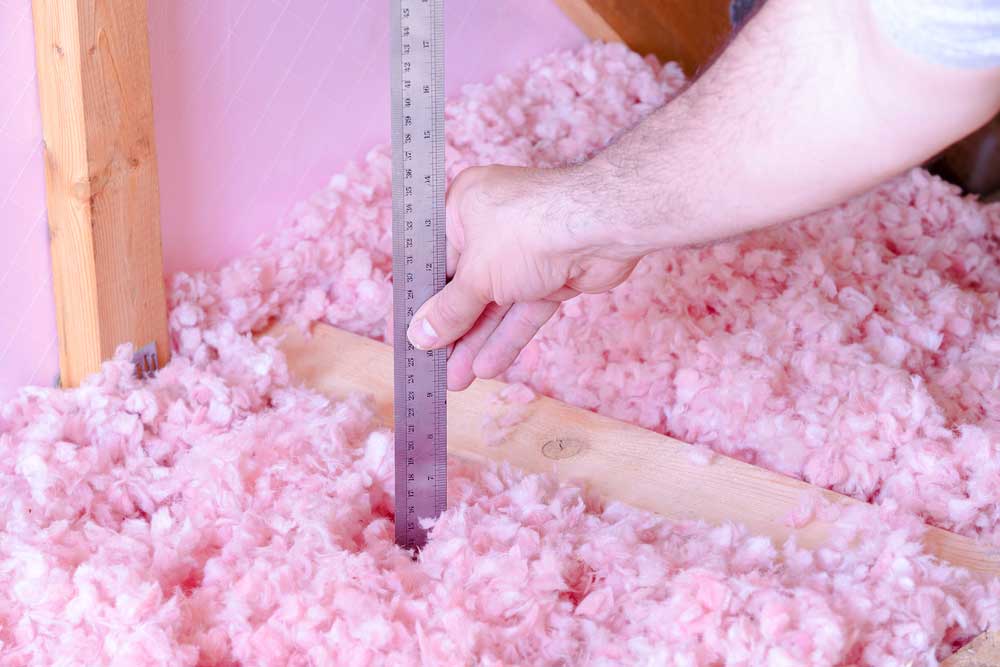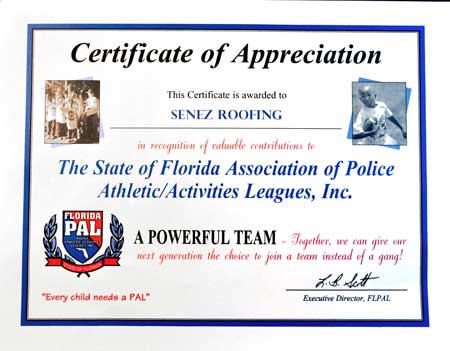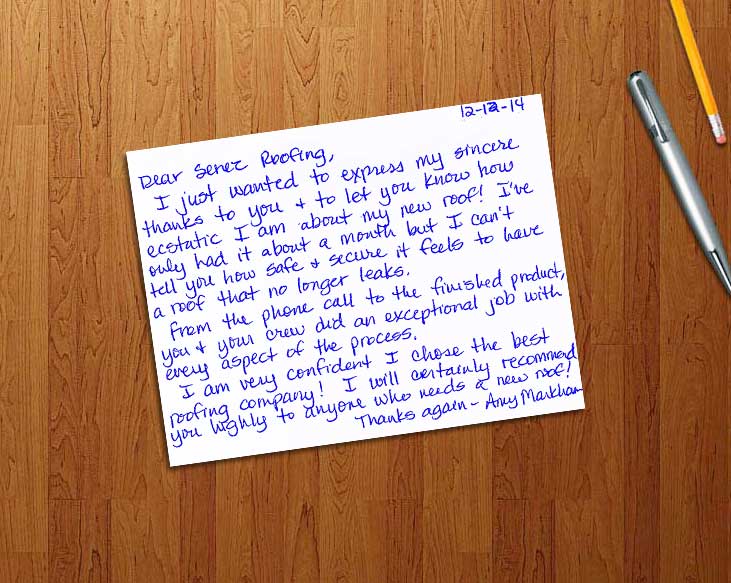by Edward Swinford
Share
by Edward Swinford
Share
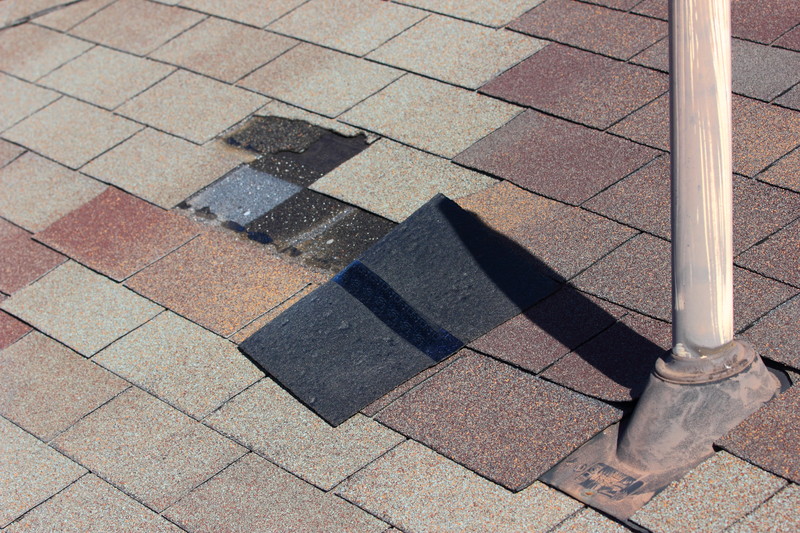
Should my roof be repaired or replaced?
The danger signals to look for
Can your roof problem be repaired or does your entire roof need to be replaced?
Look carefully for the following signs of a failing roof, like:
- A leak in the attic after wind-driven rain or ice build-up
- Blistering and peeling of interior and/or exterior paint
- Stains, mold, or mildew growth on interior ceilings and walls
- Decay of exterior sheathing and/or exterior siding
- Missing, cracked, or curled roof shingles
How To Inspect For Damage
It is a good idea to inspect your roof regularly, particularly if you live in areas of the country that experience extreme weather. Florida’s blistering summer sun, high humidity, severe thunderstorms and occasional hurricanes certainly qualify as extreme. You can inspect your roof yourself, either by climbing on your roof or by using quality binoculars from the ground.
If you choose to go up on the roof yourself, remember to always utilize proper safety equipment to prevent falls or injury. If you don’t feel comfortable walking on the roof, leave the task to a roofing professional.
Here are just some of the ways to inspect for damage:
- Check flashing for damage or for inadequate coverage
- Look under eaves and overhangs for damage that might mean water leakage
- Examine shingles for any that are missing, cracked, curled, torn, or warped
- Look for any open seams or joints that could lead to leaking
- Look for popped or rusted nails, or stains around nails
- Check for unevenness, sagging, or unsound areas
- Inspect your sources of roof ventilation. Are the vents clogged? Is there adequate ventilation?
- Inspect gutters for sagging, signs of leaks, and accumulation of granules
- Check for dark patches or growth
- Check around pipes and roof penetrations to make sure they are sealed and in good shape
- Look inside the attic for signs of leaks, dark spots, holes, or sagging sheathing
If you are uncomfortable with the idea of walking around on your roof, the safest and most thorough option is to contact a professional roofing contractor to do the inspection. Ed Senez Roofing offers a professional inspection and evaluation free of charge.
STAY IN THE LOOP
